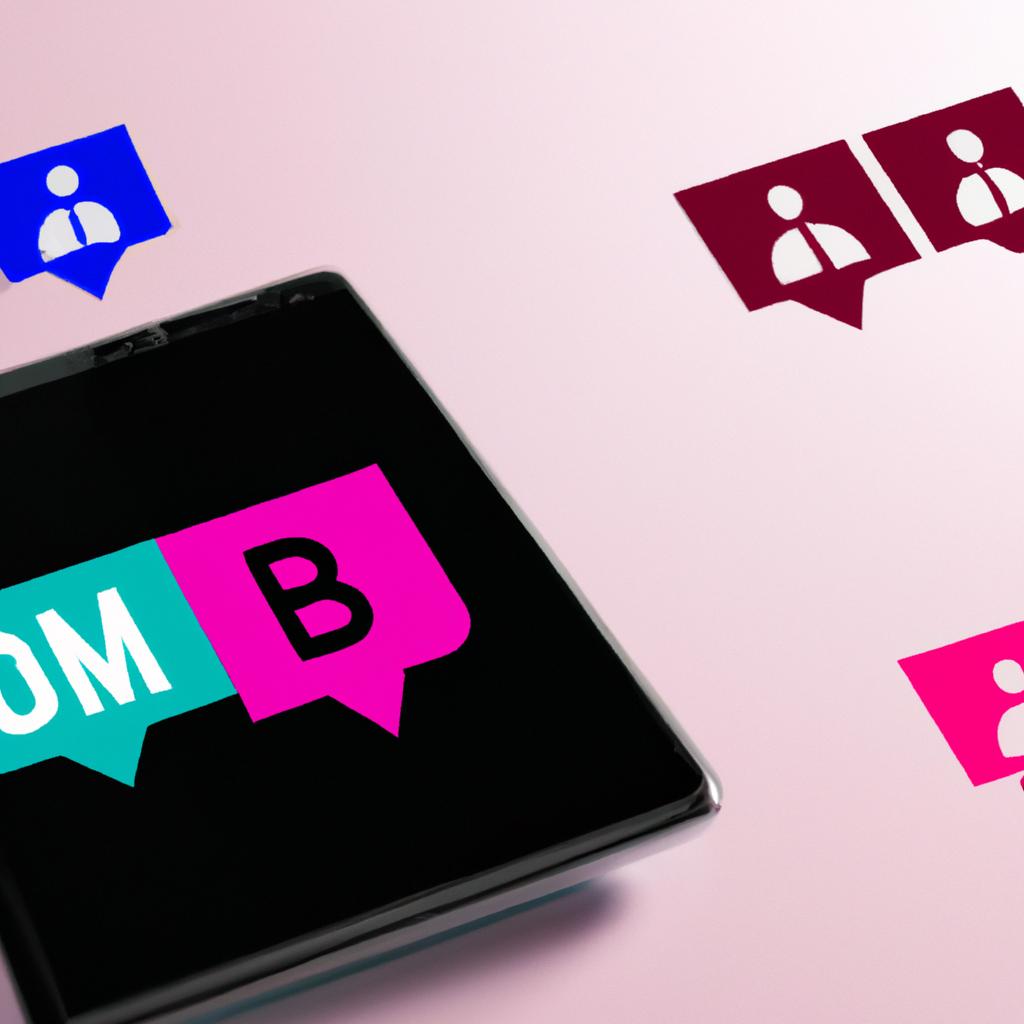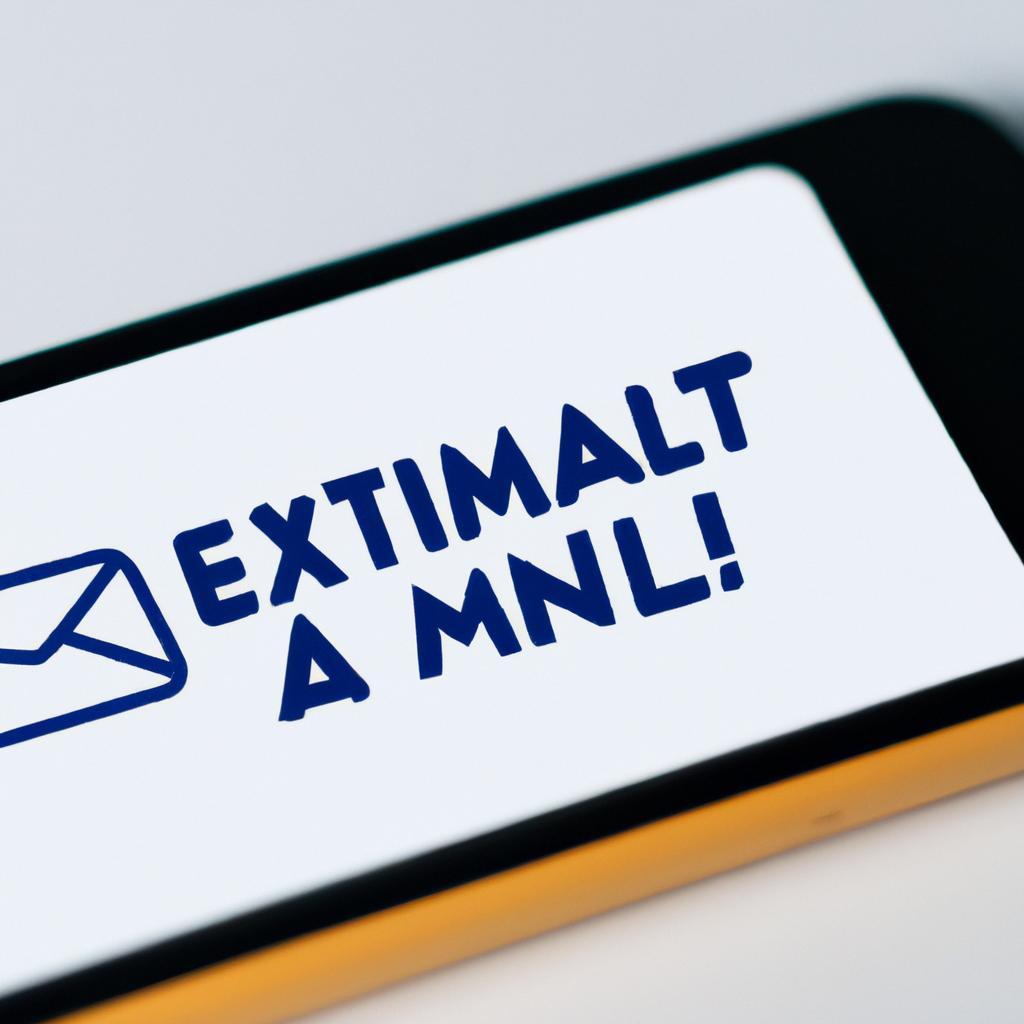In an era defined by rapid technological advancements and shifting communication landscapes, the humble email finds itself at a crossroads. Once the cornerstone of professional and personal correspondence, email is now facing scrutiny as a myriad of modern communication alternatives vie for attention. From instant messaging apps that facilitate real-time conversations to social media platforms that blend connectivity with creativity, the ways we connect continue to evolve at an astonishing pace. But as we embrace these new tools, a pressing question arises: is email fading into obscurity, relegated to nostalgia like the floppy disk or the landline phone? This article delves into the current state of email communication, evaluates the emerging alternatives that are reshaping our interactions, and considers whether the age-old method still holds a place in our digital toolkit. Join us as we navigate the shifting tides of communication and uncover what the future may hold for email in this brave new world.
Reimagining Communication: The Rise of Instant Messaging and Social Media
The rapid evolution of messaging platforms has transformed how we connect on a daily basis. With an abundance of options at our disposal, many individuals and businesses are pivoting away from traditional email in favor of more dynamic forms of communication. Key drivers behind this shift include:
- Speed: Instant messaging allows for real-time conversations, eliminating the lag associated with checking and responding to emails.
- Accessibility: Social media platforms serve as versatile tools, integrating chat features that keep users engaged without needing separate applications.
- Engagement: Visual content thrives on these platforms, increasing interaction through images, videos, and emojis, which are often absent in email communication.
To illustrate the growing preference for instant messaging, consider the following comparison between traditional email and popular messaging applications:
| Feature | Instant Messaging | |
|---|---|---|
| Response Time | Delayed | Immediate |
| File Sharing | Attachment Limits | Easy Sharing |
| Collaboration | Sequential | Real-Time |
This shift emphasizes the need for adapting to new technologies that align with our fast-paced lifestyles while fostering a more interconnected world, where communication is not just a necessity but an engaging experience.
Beyond Email: Assessing the Impact of Collaboration Tools on Workplace Dynamics
The shift towards collaboration tools has fundamentally transformed workplace interactions, leading to a redefinition of communication norms among teams. Unlike traditional email, which can often feel impersonal and detached, modern tools foster a sense of community and immediacy. Here are some key impacts on workplace dynamics:
- Enhanced Real-Time Collaboration: Tools like Slack and Microsoft Teams enable instantaneous communication, allowing teams to brainstorm and share ideas dynamically.
- Increased Transparency: Features such as shared channels and project boards provide visibility into ongoing tasks, reducing the guesswork often associated with email chains.
- Improved Inclusivity: With options for various communication formats—text, video, audio—these platforms cater to diverse communication styles, promoting engagement from all team members.
- Streamlined Workflow: Integration with other applications allows for seamless transitions between tasks, reducing disruptions and enhancing productivity.
| Collaboration Tool | Key Feature | Benefit |
|---|---|---|
| Slack | Channel organization | Focused discussions |
| Trello | Visual task boards | Easy project tracking |
| Zoom | Video conferencing | Personal interaction |
As organizations increasingly adopt these innovative solutions, the ability to collaborate effectively has become paramount, signifying that email, while not entirely obsolete, may no longer hold the place of prominence it once did in the world of business communication.
In Retrospect
As we wrap up our exploration of whether email is becoming a relic of the past, it’s clear that communication is in a constant state of evolution. While email still holds its ground as a reliable medium for professional correspondence, an array of modern alternatives beckons, offering versatility and immediacy that resonate with a fast-paced digital world.
From instant messaging apps that promote quick exchanges to collaborative platforms that redefine team communication, the landscape is vibrant and continually shifting. As we navigate this transition, it’s vital to consider the context in which we communicate, tailoring our tools to match our needs.
email may not be on the brink of extinction, but rather at a crossroads, merging with new technologies while continuing to serve its purpose. Whether or not you choose to embrace the alternatives, the key takeaway is this: communication is not about the medium, but about the connection we foster and the messages we convey. As we continue to innovate, the way we communicate will inevitably change—perhaps for the better. The future is open, and so are the possibilities.


